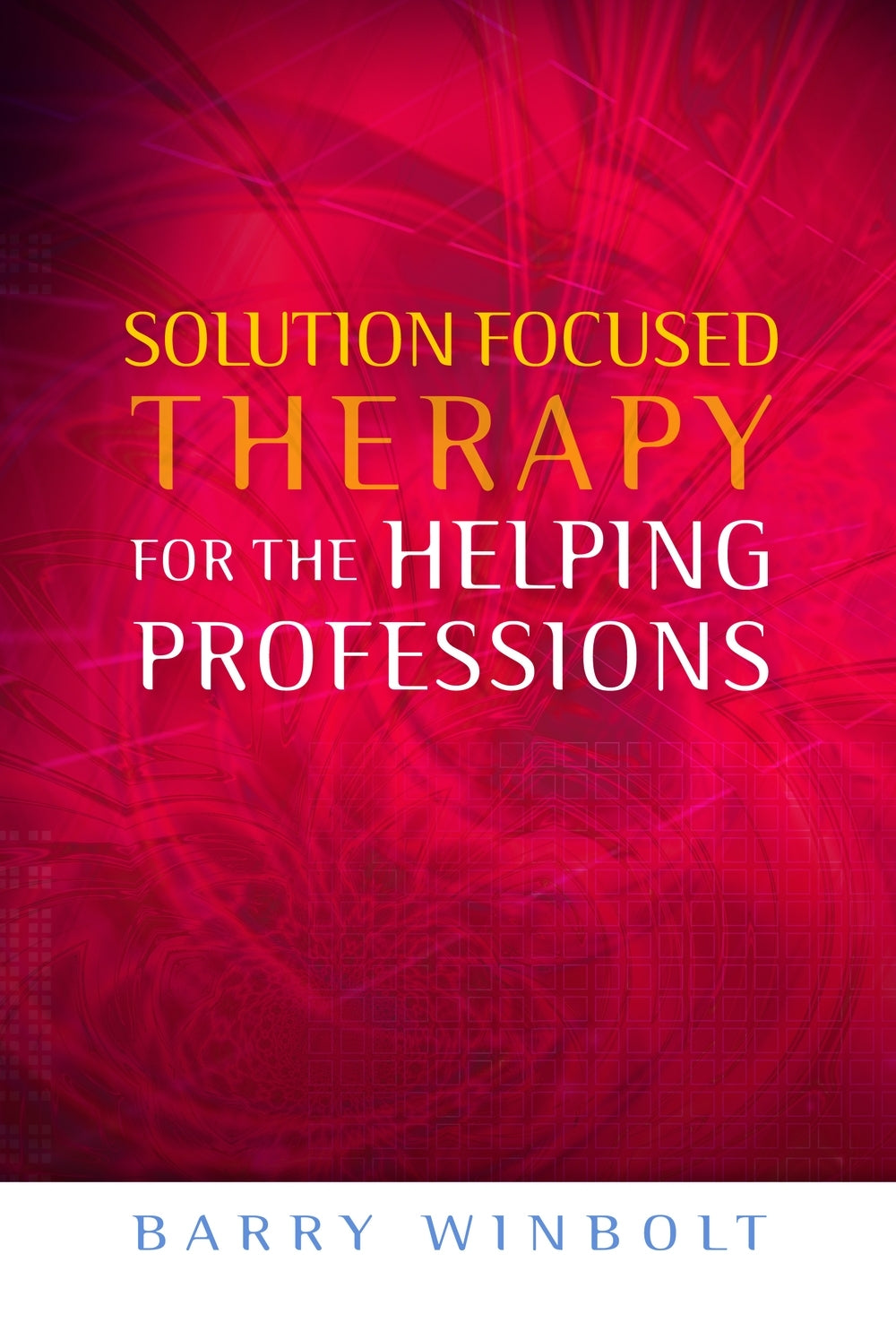
Press Reviews
ACPNL Magazine
Barry Winbolt's book gives a broad and very useful overview of the approach and is intended as a starting point for those new to the framework, such as myself, but also as a review for those individuals already familiar with the same... I certainly enjoyed reading this book and would recommend it to anyone who would like an easily digestible introduction to this topic, which includes techniques that are readily applicable.
Therapy Today, Bill O'Connell, director of training at Focus on Solutions
This is a clear, non-evangelical account of how members of the helping professions can use the ideas and techniques of solution focused brief therapy (SFBT). .. The book is well written and full of realistic examples of client work. The transcripts of interviews give a helpful flavour of the tone and direction of solution focused work... The chapters on "Key Assumptions in SFBT" and "The Building Blocks of SFBT" are very accessible to someone new to the approach and give a good grounding for understanding the interventions described in the following chapters. I particularly enjoyed the two chapters on the power and centrality of language in therapeutic discourse. Wimbolt includes much material that helpers could immediately begin to introduce in their work, eg a comprehensive list of really useful question. He has some wise things to say about how newly enthused practitioners can introduce solution-focused work into their agencies without antagonising colleagues... There is much in this book that will be of interest and value to practitioners who wish to extend their repertoire without necessarily subscribing to the whole solution focused philosophy. Its inclusiveness is a welcome antidote to therapy tribalism.
The Canadian Art Therapy Association
In his book, Winbolt (2011) clearly brings to light SFBT's framework for helping professionals as counsellors, social workers, psychiatrists, and clergy... Throughout the book, Winbolt (2011) reminds therapists the importance of owning strong listening skills and establishing client trust and rapport... In conclusion I recommend this book to therapists who work in limited time-framed counselling settings, who prefer structured and step-by-step techniques, and who counsel clients who have the ability to make cognitive shifts in focus.
